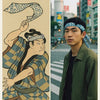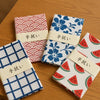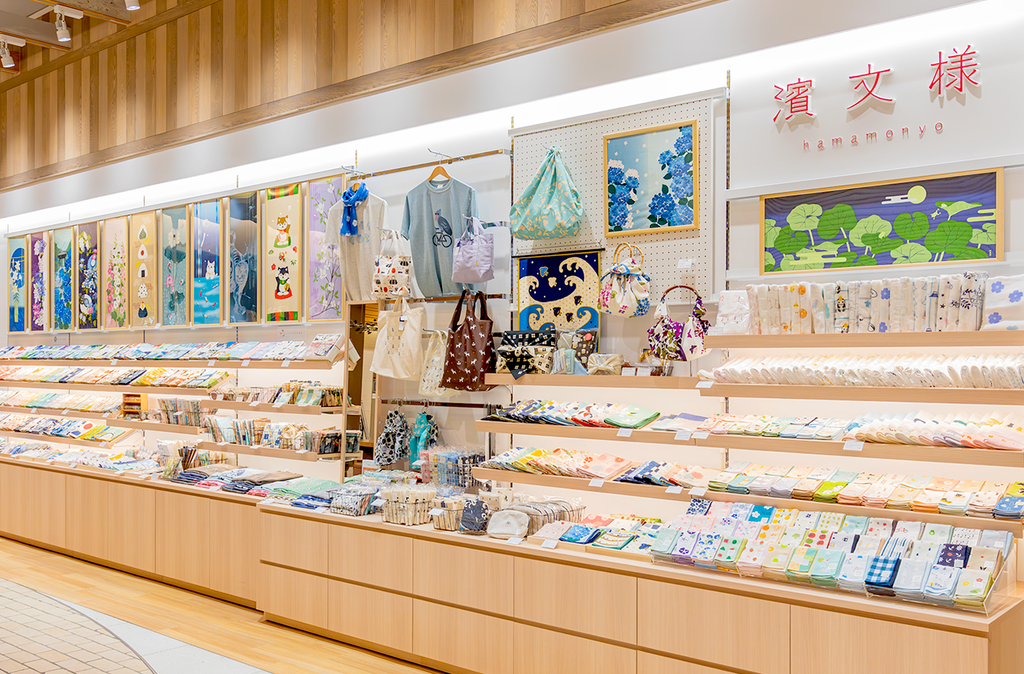
Cultural gem: symbolic power and everyday role of the tenugui
Whether as a headband at summer festivals, a sweat catcher in kendo, or a transformable prop in rakugo theater – the tenugui is a living symbol. It connects generations, tells stories of solidarity, creativity, and identity, and demonstrates how everyday life and ritual intertwine in Japan.
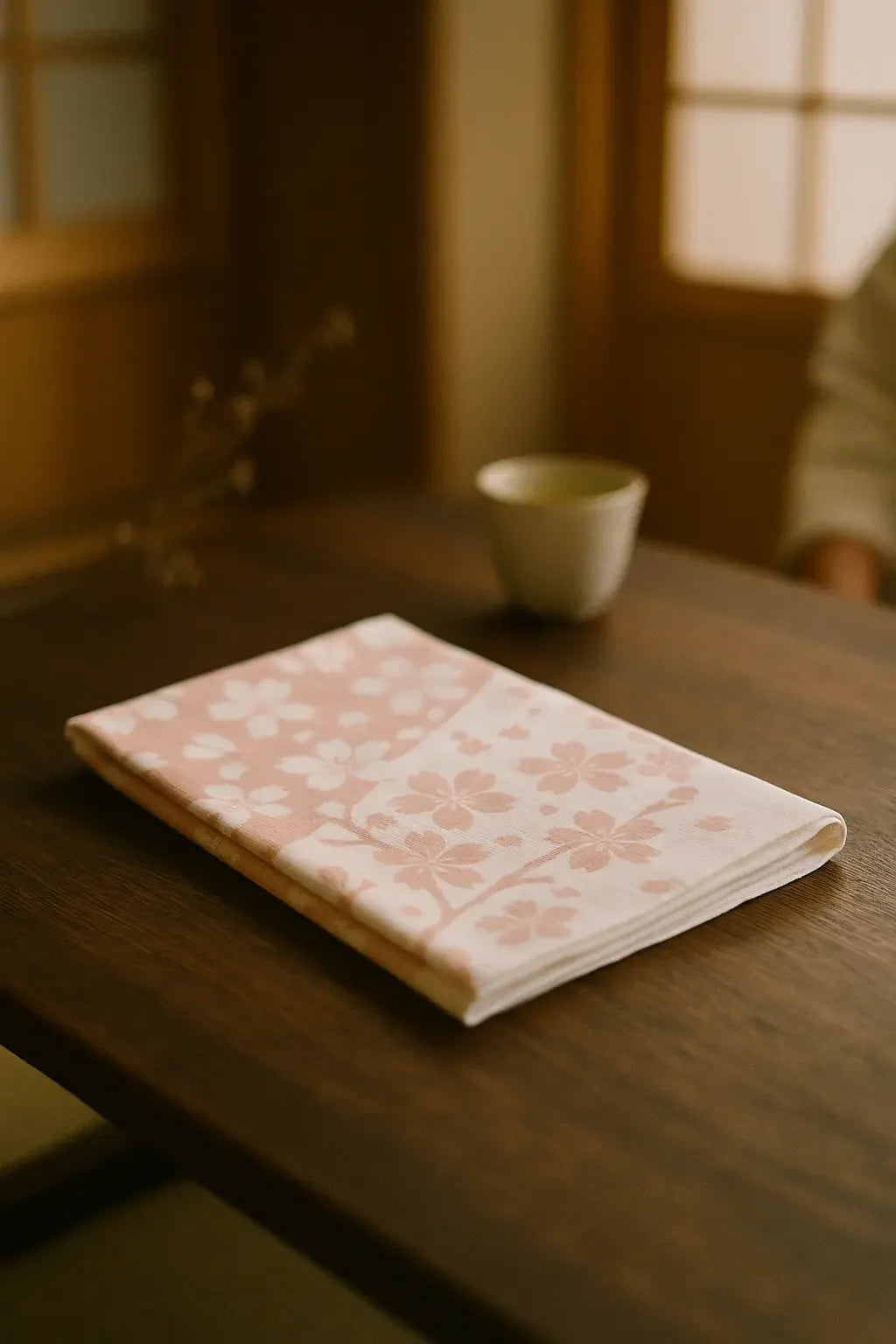
Cotton, water, dye: How a tenugui is made
A tenugui is created slowly and deliberately: Cotton bales from Wakayama are washed, sun-bleached, cut by hand, and artfully dyed in chūsen or wet-dyed workshops. Every step reflects dedication, every irregularity makes the cloth unique—a piece of living craftsmanship.
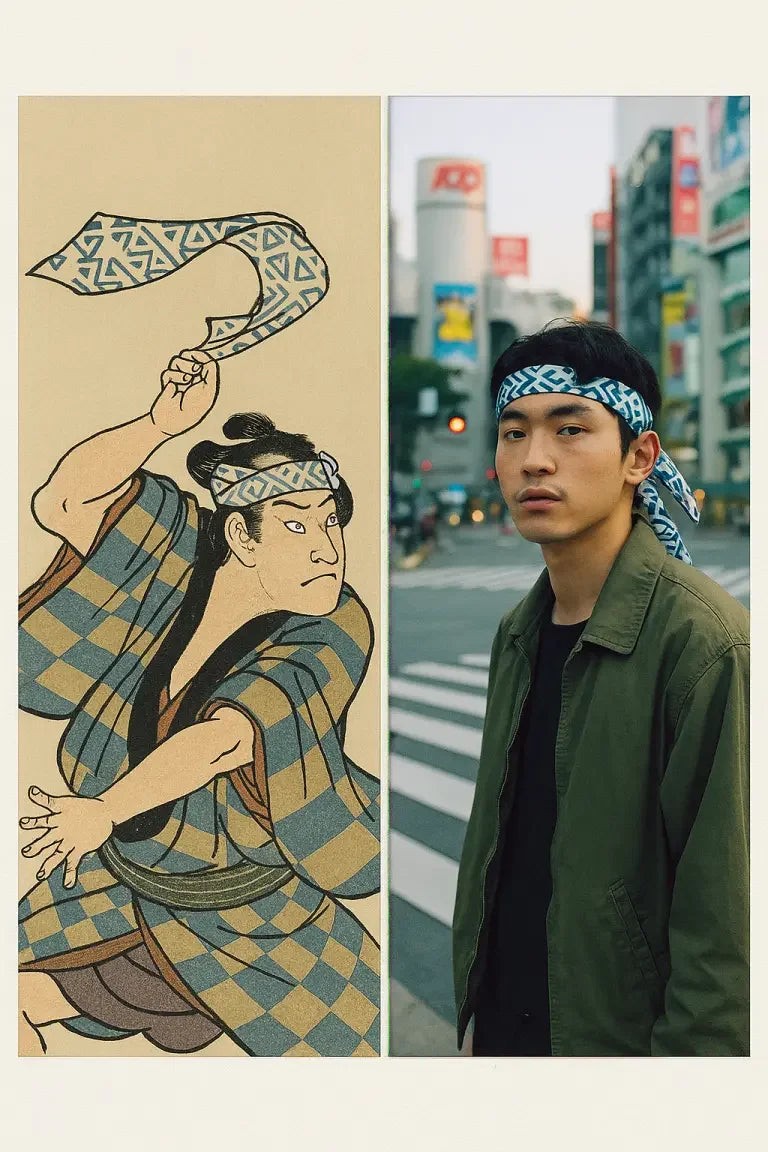
From court ceremony to bath towel: The history of the Tenugui
From the ritual cleansing cloth in the Heian Shrine to the bathhouses and kabuki stages of the Edo period to today's street style: The journey of the tenugui tells the story of Japan's transformation like no other object. Discover how a narrow strip of cotton became a mirror of fashion, craftsmanship, and pop culture.
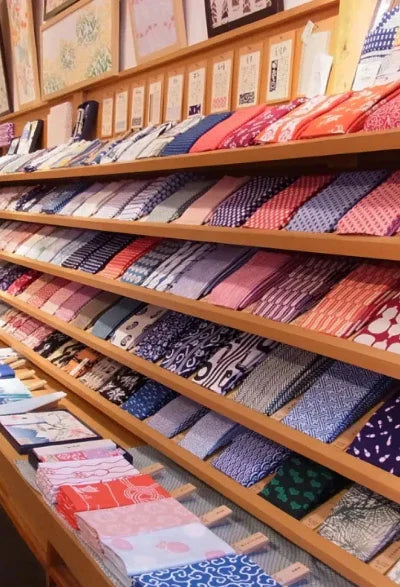
Tenugui – The Japanese cloth with history
A tenugui (手拭い) is a traditional Japanese cotton cloth with a wide range of uses – from practical everyday use to artistic decoration. In this article, you'll learn all about its origin, meaning, and modern uses.
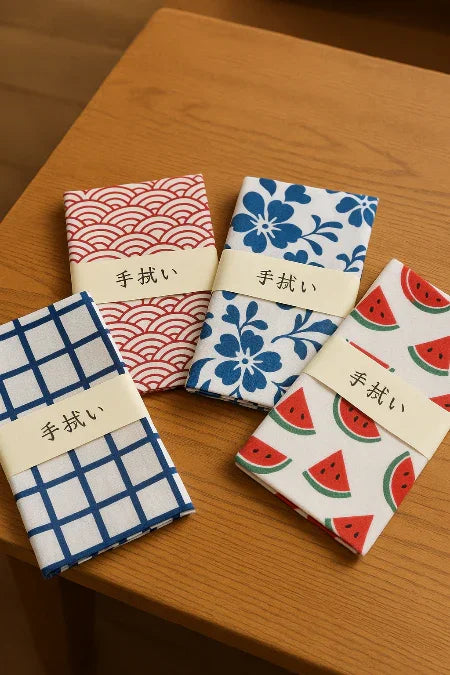
How it all began and why I offer Tenugui.
I discovered my first tenugui in 2024 in a small shop in Kyoto – and was immediately fascinated. Since then, this piece of Japanese culture has never left my mind. Here, I'll tell you why I founded Japan Essence.
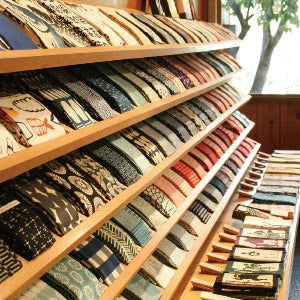
What is a tenugui? - History, meaning and application
What exactly is a tenugui? In this post, I'll show you the special features, shapes, and uses of this unique Japanese cloth—and why it's much more than just a towel.



